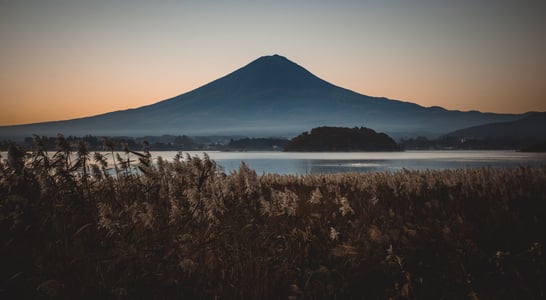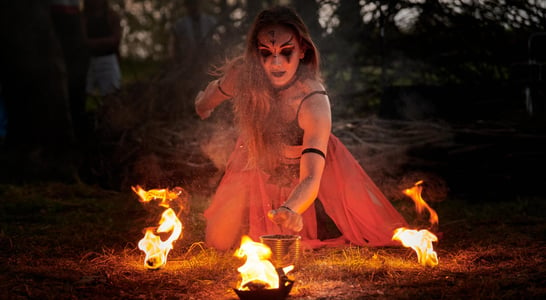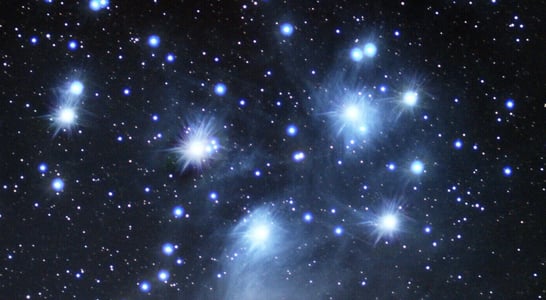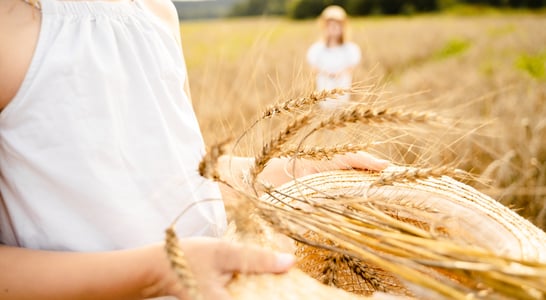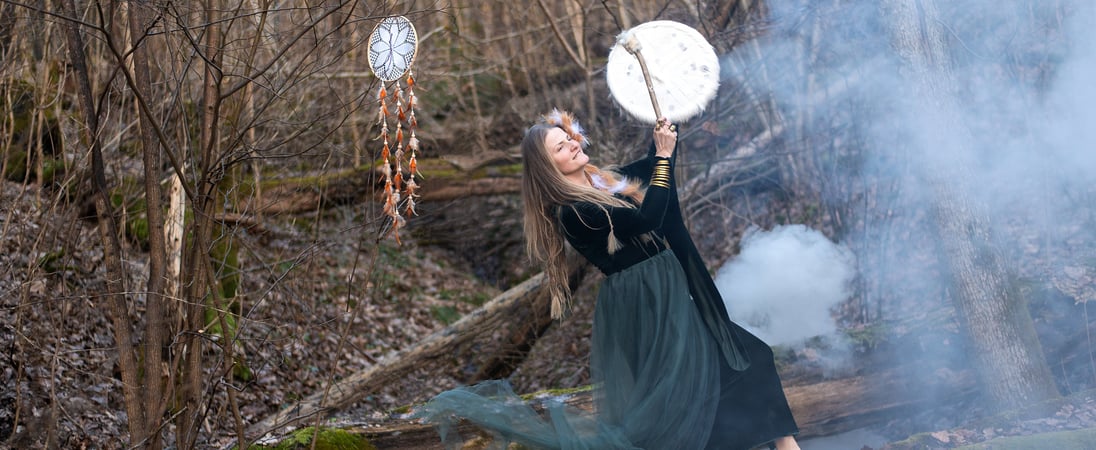
Navasard
Navasard is the ancient Armenian New Year, a celebration that once united communities in festivities and tribute to their gods. Marking the start of a new cycle, it was a time when people believed divine forces came down to the Earth.
With music, dance, and communal feasts, it reflected a close connection to nature and spirituality. People honored the gods by offering food and symbolic sacrifices, often at riversides or in sacred places. The air would buzz with excitement as families, from royalty to commoners, gathered to partake in this lively event.
What made Navasard even more vibrant were the athletic games, compared to the Olympics, where competitions like horse races and hunting tests took place. These were not just forms of entertainment but symbols of strength and skill, reflecting the high regard for physical prowess.
The event’s spirit was one of both joy and reverence, celebrating abundance while giving thanks for the harvest.
Even today, some modern groups are working to revive the magic of Navasard, keeping its traditions alive in select villages and festivals.
How to Celebrate Navasard
Welcome Navasard with a Feast!
The best way to kick off Navasard is by diving into a table full of homemade dishes. Serve up generous portions of local cuisine, from grilled meats to freshly baked bread.
Don’t forget dried fruits, nuts, and honey for that sweet touch! Make sure your table is overflowing with abundance, a nod to the season’s harvest. Sharing food with friends and family is a must, ensuring no one leaves hungry!
Jump Over Flames
Get a bonfire going because no Navasard celebration is complete without some fire-jumping! In the spirit of the ancient rituals, people can gather around and take turns hopping over small flames.
This old custom was meant to ward off negative energy and bad luck. Don’t worry—no high jumps needed, just enough to feel like you’re banishing the bad vibes for the year ahead.
Bring the Outdoors In
Turn your space into a mini outdoor festival! Decorate with flowers, plants, and symbols of nature. If possible, take the celebration outside and set up in a garden or park.
Surround the area with elements that reflect the natural world, like bowls of fresh fruit or small fountains. Navasard is all about celebrating the Earth and its bounty, so embrace the great outdoors!
Host Some Friendly Competitions
Channel the ancient Navasard games by setting up a few lighthearted contests. Organize races, relay challenges, or even a trivia game about the holiday’s history.
While no one needs to bring out horses or spears, a little friendly competition gets everyone involved. It’s a fun way to relive the festive spirit while keeping things light and playful.
Offer Thanks with Symbolic Gifts
Finally, get creative by making small, symbolic offerings of gratitude. Whether it’s a bowl of grain, a handmade token, or even a personal note of thanks, these gestures connect the celebration to its ancient roots.
Place these offerings near the bonfire or by a body of water, if available. It’s a symbolic way to acknowledge abundance and the gifts of nature.
History of Navasard
Navasard, the ancient Armenian New Year, dates back thousands of years. It began in pre-Christian Armenia as a celebration tied to both the seasons and the gods.
The event marked the start of the new year according to the old Armenian calendar, which originally began in early spring. Farmers, warriors, and royalty alike took part, with everyone coming together to honor their deities.
The Armenian pagan priests, known as the magi, were responsible for overseeing the rituals and festivities.
They led ceremonies at sacred places, often near rivers and mountains, where the gods were believed to gather. People thanked the gods for the harvest and prayed for rain, fertility, and protection for the coming year.
During Navasard, the focus was on honoring the gods, particularly Anahit, Astghik, and Vahagn, three central figures in Armenian mythology.
Offerings of food, animals, and symbolic gifts were made in their names. The celebration also involved large feasts, sports, and dancing, making it the most important holiday of the year.
Due to changes in the calendar in the 11th century, the festival shifted from spring to late summer. This adjustment didn’t dampen the spirit, and the celebration continued, although its prominence faded with time.
Today, it is still remembered and revived in some parts of Armenia.
Also on ...
View all holidaysMountain Day
Looking for a thrilling adventure? Explore the breathtaking heights, stunning vistas, and diverse wildlife of these majestic landmasses!
Play In The Sand Day
Head to a river, lake, sandbox, or ideally ocean and dig your toes into the sand. Exfoliate your feet, make a sandcastle, and enjoy what sand has to offer.
National Son and Daughter Day
There's nothing quite like seeing a little you running around and causing mischief. Watching them grow up is an adventure!
We think you may also like...
Tu BiShvat
A Jewish holiday celebrating the "New Year for Trees" and the renewal of nature, reflecting on our relationship with the environment.
